When traditional welding techniques fall short—causing deformation, rework, or simply not delivering the precision required—many manufacturers are turning to something better. Laser welding isn’t just an upgrade. For industries like aerospace, medical, and electronics, it’s a game changer.
Laser welding uses a focused beam of light to join materials with extreme precision. Its key benefits include minimal heat distortion, faster processing times, and cleaner seams, making it ideal for high-value, high-accuracy applications.
In this post, I’ll walk you through the core questions about laser welding—what it is, why it matters, how it's different from regular welding, and most importantly, what real benefits it brings from Kirin Laser’s perspective. Whether you’re in procurement or production, this guide will help you decide if laser welding is right for your needs.
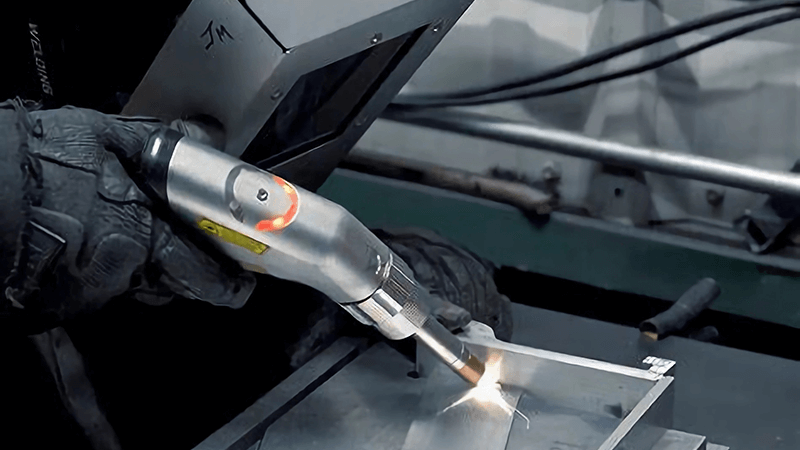
What are the advantages of laser welding?
Sometimes, it's not that your product is bad—it's that your welding is killing your margins. I’ve seen that happen more times than I can count.
Laser welding stands out because it reduces distortion, boosts speed, and creates strong, clean joints. It’s also easy to automate, which cuts labor costs and improves consistency.
Faster, cleaner, more efficient
Here’s where laser welding earns its keep:
| Feature | Traditional Welding | Laser Welding |
|---|---|---|
| Heat-affected zone | Large | Extremely small |
| Material distortion | High | Very low |
| Precision | Moderate | Extremely high |
| Speed | Slower | Much faster |
| Automation | Difficult | Seamless integration |
| Operating cost | Moderate-high | Lower over time |
We once worked with a client producing medical tools using ultra-thin stainless steel. With TIG welding, their rejection rate was painful. After switching to our fiber laser welding1 machine, scrap rates dropped by over 70%. That’s not just savings. That’s brand reputation saved.
Less rework, more uptime
From my own experience in aerospace, welding titanium was a nightmare with arc welding. Warping was constant. But with a fiber laser welder, the pinpoint accuracy and reduced heat meant panels stayed intact—no warping, no scrapping. That’s a serious boost to productivity and machine uptime.
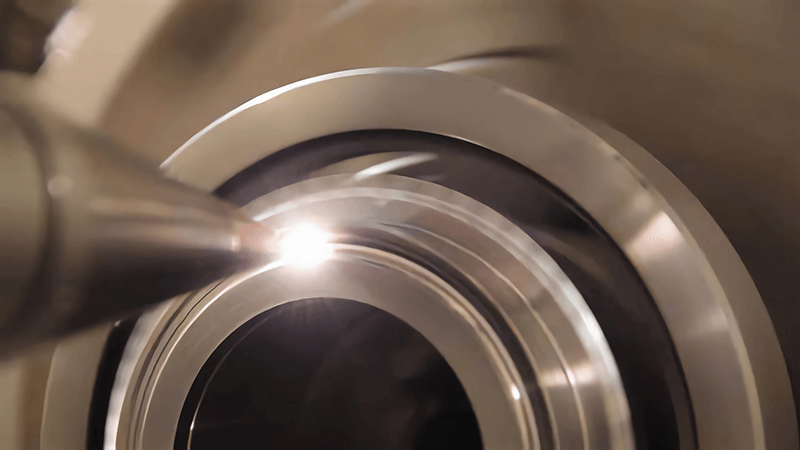
What is laser and its importance?
People hear “laser” and think sci-fi. But in industry, it’s precision you can’t afford to ignore.
A laser is concentrated light energy. When controlled, it becomes a powerful tool to cut, engrave, clean, or weld with exceptional accuracy. Its importance lies in how it revolutionizes manufacturing by making the impossible suddenly routine.
Not just light—it's control
Let’s break it down:
- Light
- Amplification by
- Stimulated
- Emission of
- Radiation
Laser energy is coherent, meaning the waves are in sync. This coherence gives it power and direction. That’s what makes it a killer tool in welding—zero guesswork, just clean execution.
| Laser Type | Use Case |
|---|---|
| CO₂ Laser2 | Great for non-metallics and some metal cutting |
| Fiber Laser | Perfect for welding metals like stainless steel, aluminum, copper |
| UV/Green Laser | Used for micro applications and electronics |
Kirin Laser specializes in fiber laser welding machines3. Why? Because they’re the most versatile and cost-effective for metalworking industries. We believe precision isn't a luxury—it's a necessity.
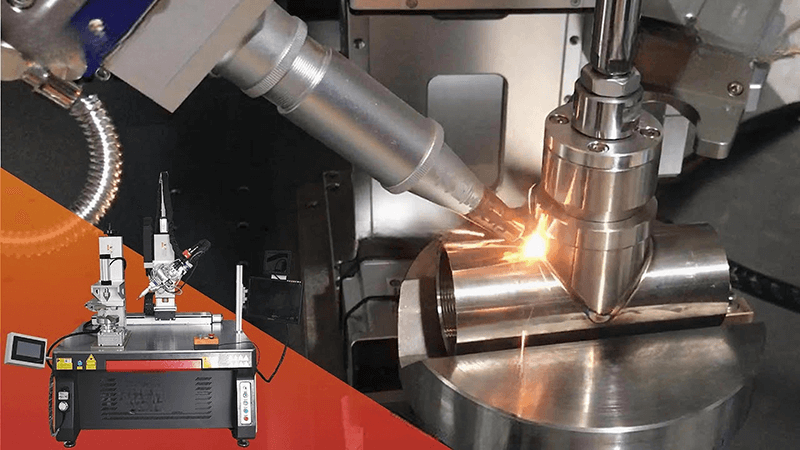
What is laser welding and its applications?
If you're working with complex shapes, tiny parts, or high-volume demands, you need more than brute force—you need precision.
Laser welding is a non-contact process that uses high-intensity light to fuse materials. It’s used in industries where accuracy, speed, and minimal deformation matter—like aerospace, medical, electronics, and automotive.
Where laser welding wins
At Kirin Laser, we’ve seen our welding machines make the most impact in these industries:
Aerospace
- Welding titanium and aluminum alloys with minimal distortion
- Ideal for sealing fuel cells and engine components
Medical Devices
- Joining ultra-thin stainless steel without burn-through
- Ensures sterile, non-porous welds—critical for surgical tools
Automotive
- Fast spot welding for battery packs and sensors
- Reduces cycle time while increasing joint strength
Electronics
- Micro-welding delicate components with zero touch damage
- Fiber lasers are ideal for precision without contamination
Here’s the thing: traditional welding in these applications introduces too much variability. With laser welding4, it’s not just better—it’s repeatable, reliable, and cost-saving over the long run.
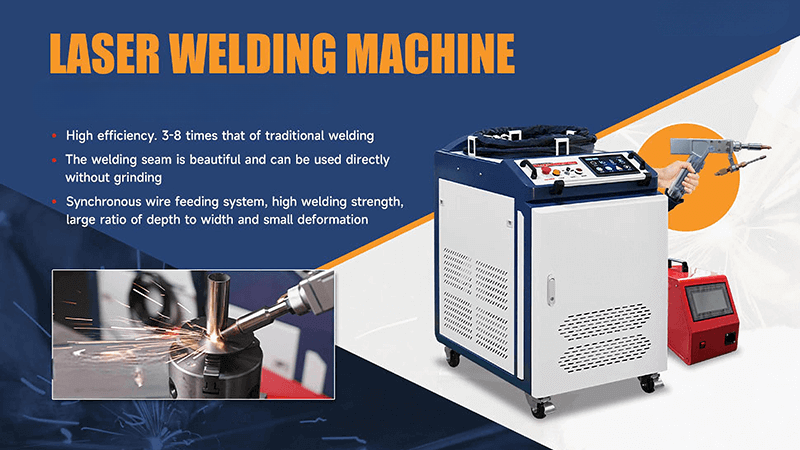
What is the difference between normal welding and laser welding?
Let’s face it: not all welding is created equal. I often get this question from buyers and engineers alike.
The main difference is heat and precision. Traditional welding uses an electric arc or flame, while laser welding uses focused light. This results in less material distortion, higher speed, and cleaner welds.
The critical differences
Let’s stack them side-by-side:
| Parameter | Traditional Welding (MIG/TIG) | Laser Welding5 |
|---|---|---|
| Contact | Physical (with electrode or rod) | Non-contact |
| Heat Input | High | Lower |
| HAZ (Heat-Affected Zone6) | Wide | Narrow |
| Weld Size | Large bead | Small, neat seam |
| Speed | Moderate | High |
| Rework Needed | Often | Rare |
| Automation Ready7 | Limited | Fully compatible |
Laser welding isn’t just "new." It’s fundamentally more efficient. You get lower scrap rates, cleaner results, and happier end customers. And if you’re in distribution like many of our partners, that translates to fewer returns, less warranty work, and better margins.
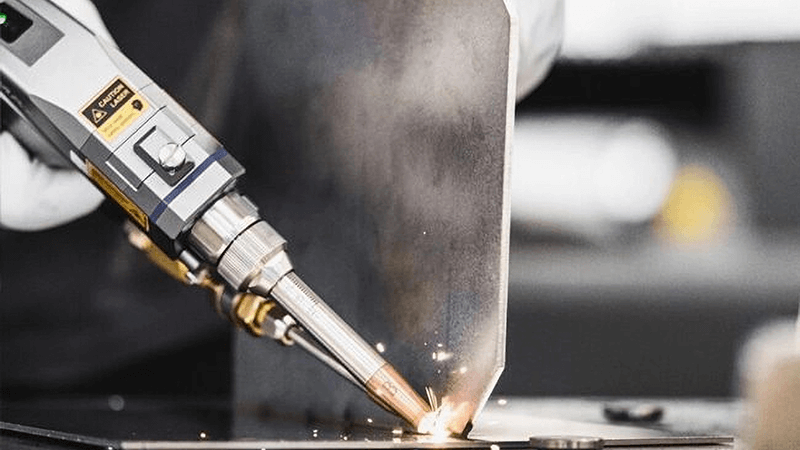
Conclusion
Laser welding8 is more than a buzzword—it’s a smart investment. At Kirin Laser, we’ve seen our fiber laser welding machines solve problems that traditional methods couldn’t touch—from delicate medical tools to high-strength automotive parts. With less rework, cleaner seams, and easier automation, it’s not just a technology shift—it’s a business upgrade. Whether you're a manufacturer or a distributor, laser welding helps you move faster, cut costs, and deliver quality every time.
-
Explore the advantages of fiber laser welding, including precision and cost-effectiveness, to enhance your manufacturing processes. ↩
-
Discover the diverse applications of CO₂ Lasers in manufacturing and how they can benefit your projects. ↩
-
Explore the advantages of fiber laser welding machines for precision and cost-effectiveness in metalworking. ↩
-
Explore the benefits of laser welding across industries, including aerospace and medical devices, to understand its transformative impact. ↩
-
Explore the benefits of Laser Welding, including efficiency and reduced scrap rates, to enhance your understanding of modern welding techniques. ↩
-
Understanding the Heat-Affected Zone is crucial for optimizing welding quality and minimizing defects in various applications. ↩
-
Discover how Laser Welding integrates with automation, improving efficiency and productivity in manufacturing processes. ↩
-
Find the best laser welding machine and laser welding solutions from Kirin Laser, clicking this link to get your best product for your business. ↩





